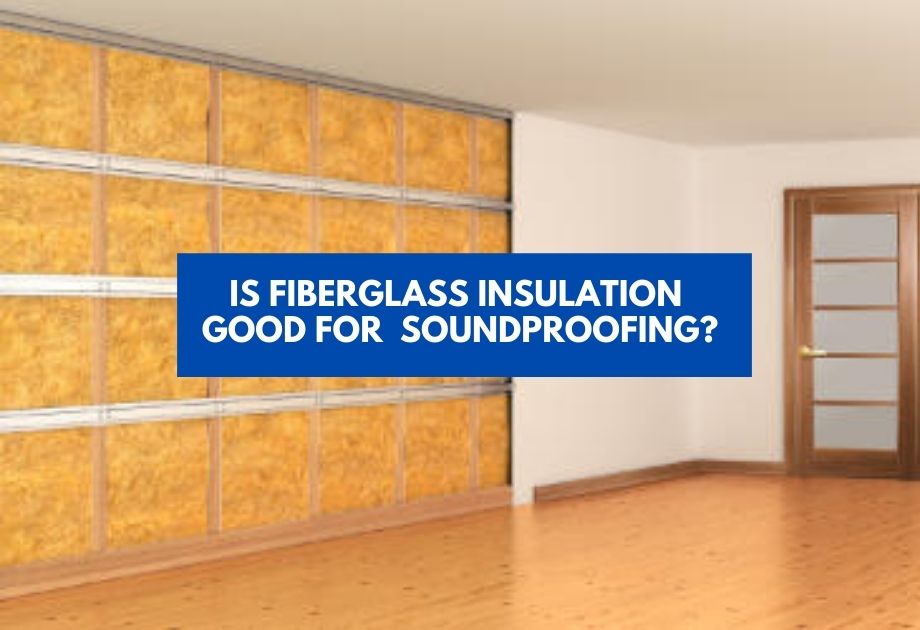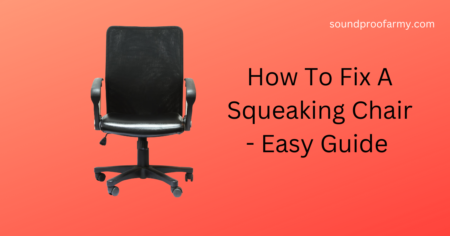I have written this guide to share with you different methods, how to soundproof windows cheaply?
If you live in a noisy neighborhood or apartment, the sound of your neighbors can be unbearable. Whether it’s loud music from their stereo or just general chatter on the street, windows are often an easy target for sound to get through.
Or there can be a construction site nearby with lots of loud equipment. Or your house is on a busy street.
Well, there can be many ways you can fix this problem, but only a few of them are cheap. Installing a soundproof window or double pane glass is going to put a deep hole in your pocket.
Fortunately, there are many cheap alternatives you can apply without breaking your bank. Read this post to find different DIY hacks on soundproofing windows cheap.
Table of Contents
A list of different hacks on how to soundproof a window cheap:
While you read this guide on soundproofing the window while on a strict budget, keep in mind that no hack can shut out 100% of the sound.
You can maintain it to manageable levels, but it will never be as good as a soundproof window.
Let’s get started:
Rearranging the furniture
There are many different ways to deal with soundproofing windows, but you might not have realized that rearranging your furniture is one of them. Rearranging the wardrobes, cupboards, and bookshelves in a room is sometimes all it takes.
There is a caveat though. It might block out all the sunlight, and it might make the room look cluttered.
If you can live with that, rearranging your furniture is an effective soundproofing hack as it dampens the airborne sound vibration entering via the window.
Use soundproof curtains:
Room-darkening curtains or drapes are designed to reduce both light and sound. Heavy curtains will dampen the sound waves that bounce off of windows and walls.
The thicker a curtain is, the more it absorbs sound energy in the form of ambient noise entering the window.
The most simple installation involves a curtain rod. The length and width of the curtain should be large enough to cover the window and provide adequate coverage. The curtain should be mounted on a rod that is at least 36 inches off of the floor or ground.
These curtains typically have an insulated backing, which can help block outside noise from creeping in; this thick backing also helps insulate your room against heat loss. Apart from that, the curtain adds to the aesthetic appeal of the room.
If you’re looking for a quick at-home solution that doesn’t always look perfect but does the trick, try using DIY sound blankets and draperies lined with felted wool (which is very soft).
Windows that face the street will see a lot of outside traffic noise, and it is worth investing in cheap curtains to stand in as a makeshift buffer between you and the chaos outside.
Seal all the gaps around the window
There are high chances that you might overlook the gaps and holes around the window. They might appear tiny, and yet they are major conduct through which outside noise enters your room.
The acoustic caulk will go inside the window frame and fill in any crevices or openings. Also, it fills the fissures and small holes around the window. Acoustic caulk will last 3 years as they are very durable.
However, if the gaps are large, you might need weather stripping tape which in turn is made of a host of different materials including foam, rubber, silicone, and so forth.
A weather stripping tape like closed-cell foam will be more effective than acoustic caulk at deadening sound vibrations coming through large gaps. As a sealant, it is cheap, waterproof, and lasts longer than other materials.
You may also want to consider adding closed-cell foam over top of your existing window covering! It will make it more difficult for sound waves to bounce or transfer into the room.
A great tool to use before you insulate is to compress clothes and blankets under baseboards as well because it can make for a much quieter space, while also protecting your carp
Installation of weatherstripping is quite simple. Just clean the affected area and cut the tape to size.
You can apply the strips to the four sides of your windows, and do prioritize the windows facing outside.
As a byproduct, you get better protection against water leakage and insects.
Use soundproof blankets
A soundproof blanket works by trapping the sounds within the blankets and not letting them through. They work the same as curtains but are more effective.
Soundproof blankets have different materials in construction. They can be made of cotton, fiberglass, or polyester. Each has its own benefits, and price attached to it.
If you can try getting your hands on blankets with grommets. They help you to hang the blankets on the rods on the windows. Alternatively, you can nail them on the wall but that might not be desirable.
Soundproofing window blankets come in different shapes and sizes. Other than ambient noises, they would also reduce the amount of noise penetrating your room.
Install thick material shades and blinds
Another alternative is to install blinds and window shades as they not only dampen the noise but also help you to control light entering your room. Unlike curtains, they are more customizable.
Installing the blinds is a child’s play. you don’t need any special skills for it. If this isn’t proving to be enough, you can combine this hack with others to reduce the noise to a manageable limit.
Cordless Single cell shades are more effective than regular ones as they are dense and thicker. It is available in different colors, you have better choices.
Use acoustic panels to soundproof the window
Acoustic panels are best at absorbing sound waves, not blocking them. They might cost you more than any of the methods we have discussed in this post, but they are equally more effective.
How Acoustic Panel Works?
Sound is energy that repeats itself in a circuit and propagates as waves through the air. A panel with high acoustic resistance will reduce reflections or echoes within its enclosure space.
Since “soundproofing” means reducing kinetic airflow, Acoustic panels are the best at this job.
Installing these panels is a simple DIY project, but you can hire a professional to do the job. Also, you should prefer the panels with grommets as they simplify the whole process.
Make sure that the panel is dense and close to the window. The closer it gets to the window, the most effective it would be to reduce the sound. If the color of the panels doesn’t match your taste, you can add a curtain. It will serve as a dual-layer for soundproofing.
Add an extra layer of glass
Adding acoustic-grade glass or laminated glass to a window can dampen the noise by creating a more solid buffer wall with thicker glass.
These glass types usually contain sound-dampening gel, which is sandwiched in between two panes of glass for additional soundproofing.
This effect is particularly noticeable with windows because they are constantly vibrating from outside sources like construction or traffic. An additional layer of glass will insulate the window from this vibration and diminish some of those irritating noises going into your living space.
Putting on a layer of glass might involve having the proper magnets to hold them in place. You can remove the extra glass when cleaning the window.
Hiring a professional to install the glass is desirable here, but if you have the window’s soundproofing kit with you this can simply make this a DIY project.
Install DIY window Plug/inserts:
You can always install windows pugs or insert them. They are quite easy to install and remove.
A plug is a cheap, easy, and temporary solution to soundproofing your windows. They can be made of cardboard or foam.
If you can handle basic carpentry work, you can make these inserts at home. Make your inserts precisely to your windows’ measurements so they snuggly fit inside the wall cavity. Alternatively, you can use various types of fasteners to make your plug stay put.
These plugs not only block sound from outside but are excellent insulators.
Final thoughts on how to soundproof your windows cheap?
If you are looking for an inexpensive way to soundproof your windows, there are plenty of DIY options.
You can try installing curtains and drapes on the outside or inside of the window, using acoustic panels or shades/blinds inside your room, or adding another glass pane in front of your original window. These simple tricks will help dampen some noise from outside sources to make sure you get a good night’s sleep.
However, if these methods do not work well enough for you and money is no object, consider investing in a soundproof window instead.

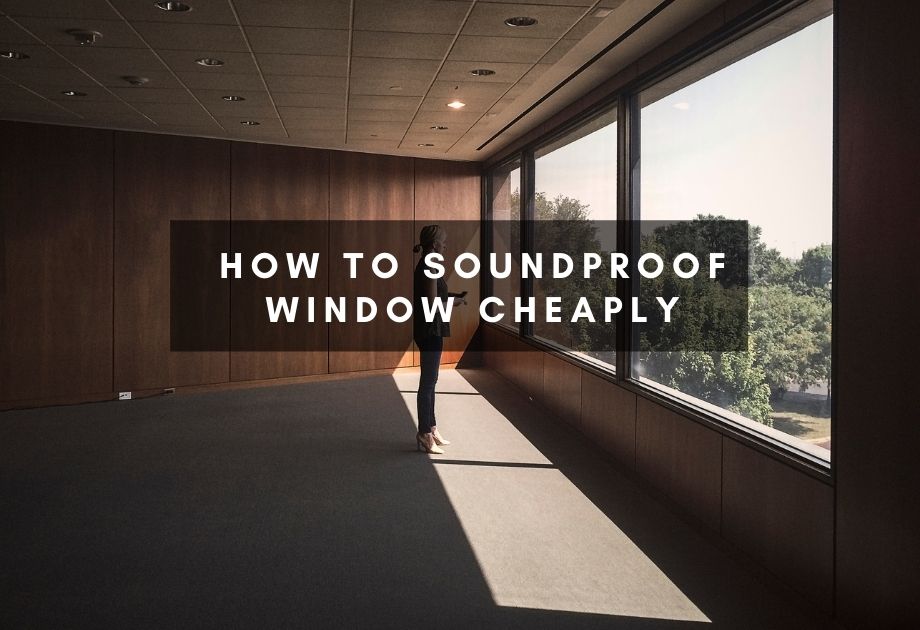



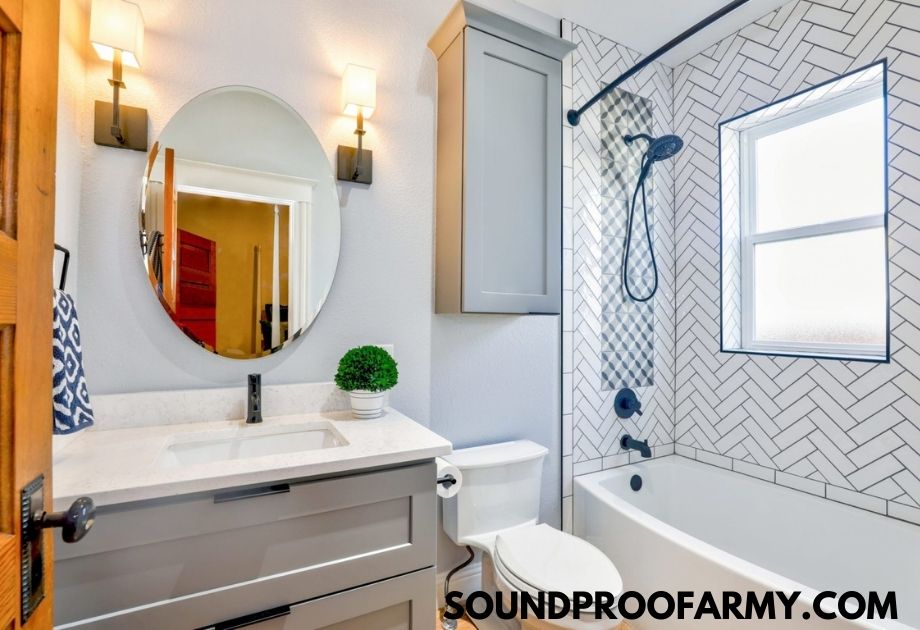
![How To Soundproof A Basement Ceiling Cheaply [9 Ways]](https://soundproofarmy.com/wp-content/uploads/2021/06/cheapest-ways-to-soundproof-basement-ceiling-Simple-DIY-Hacks.jpg)
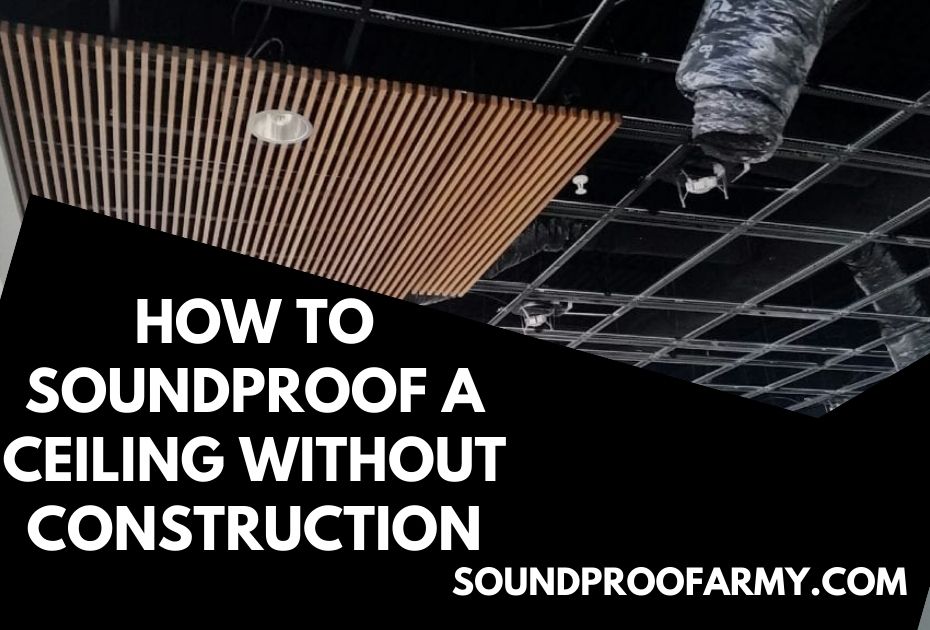
![How to Soundproof a Door with Household Items [14 Effective Ways]](https://soundproofarmy.com/wp-content/uploads/2021/07/How-to-Soundproof-a-Door-with-Household-Items.jpg)

